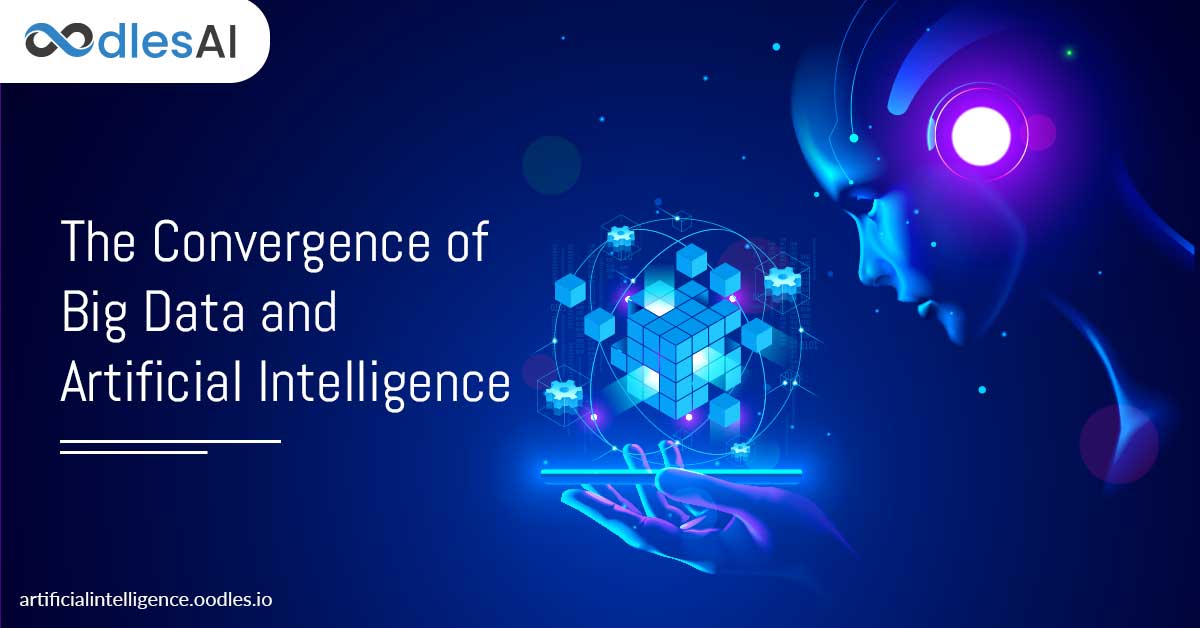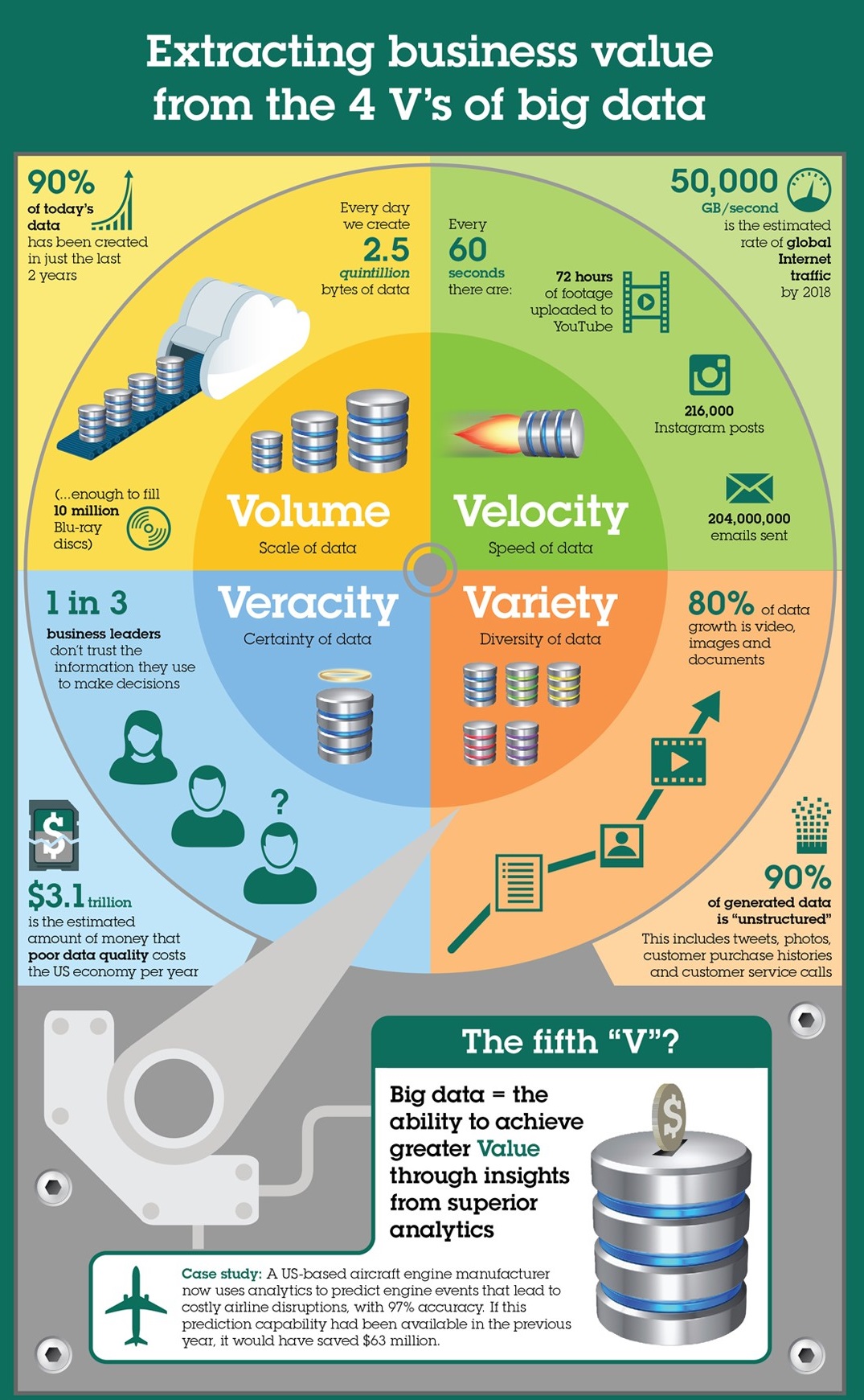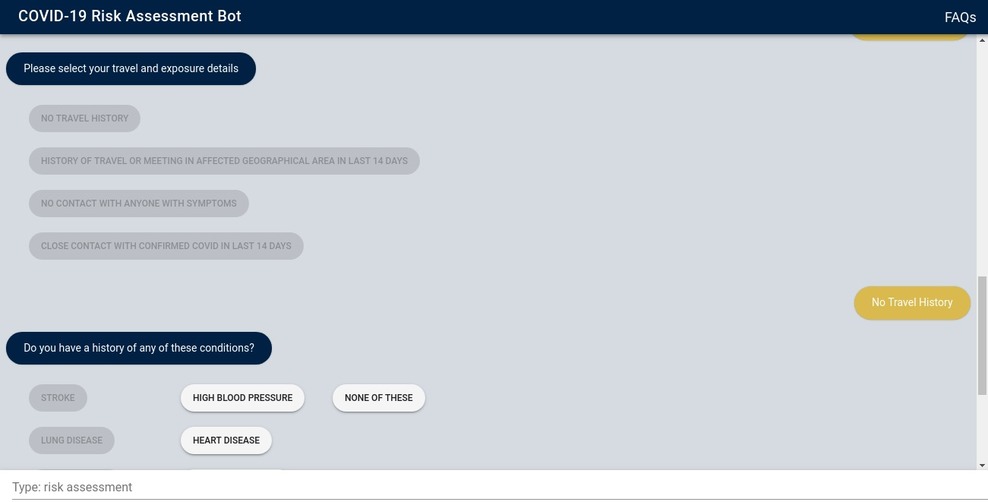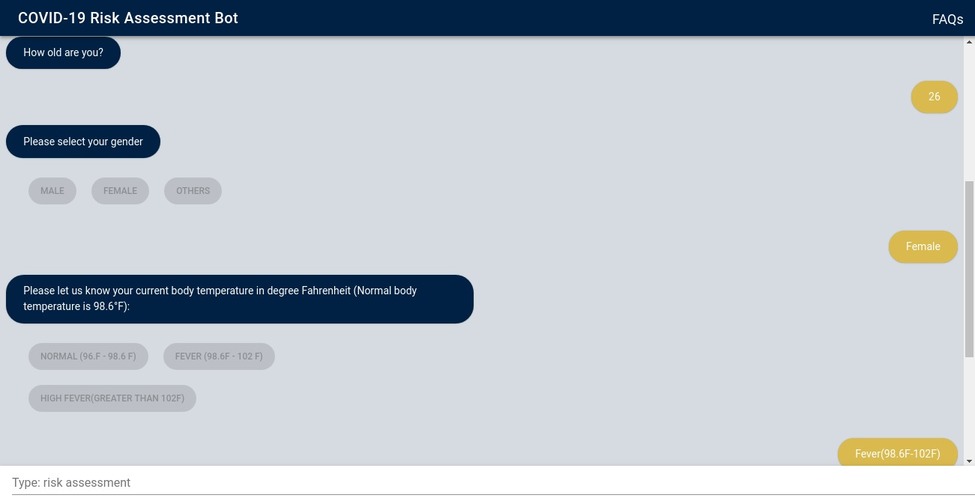The Convergence of Big Data and AI to Augment Business Intelligence
Sanam Malhotra | 16th July 2020

The significance of data to stay competitive cannot be overstated. With in-depth insights and unparalleled value, big data silos are treasure troves for enterprises. The pinning question is, how do we use big data effectively? To realize data’s full potential, artificial intelligence (AI) is joining forces with big data for a 360-degree optimization of business performance. Together, big data and AI are emerging as a powerful duo disrupting business models with breakthrough insights and data-driven solutions.
We, at Oodles, as an evolving Artificial Intelligence Development Company, explore how enterprises can capitalize on big data and machine learning to build resilient solutions.
What is Big Data?
Big data refers to the prodigious amounts of information recorded, stored, and analyzed from multiple external and internal sources. Depending on the industry or organization, big data can represent website traffic, medical records, financial transactions, social media interactions, and many other digital forms. Its vast nature, complexity, and variation have given us the 4 V’s of big data, i.e. Volume, Velocity, Variety, and Variation.
 Source: IBM
Source: IBM
As IBM visualizes, companies, their consumers, and other institutions together generate over 2 quintillion bytes of data every day. With rapid digitization, the world is generating 2 times more data every year. However, the essential question is not how much data do we generate, rather-
“How much data are we able to use effectively?”
The volume and velocity of big data are so high that traditional practices of data analysis fail to unlock its optimum value for businesses. This is where artificial intelligence opens new and better ways for value generation from troves of big data generated by enterprises.
The Convergence of Big Data and AI
Data is the ultimate resource that fuels AI models to acquire new skills. Big data and AI, therefore, share a synergetic relationship wherein AI algorithms can extract unprecedented insights from big datasets. From customer preferences and purchase patterns to industry and market trends, machine learning can channelize diverse datasets to capture business opportunities.
Given the human inability to analyze data silos, AI is emerging as an effective tool for businesses to act upon big data efficiently.
To generate value, complex datasets are fed into machine learning models wherein different algorithms are used to recognize and extract unique insights, including-
a) Patterns in consumer behavior across websites, mobile apps, and eCommerce portals.
b) Future market and industry trends and forecast
c) Relationships between business activities and customer responses
d) Inconsistencies in data and information across business channels, and
e) New combinations of business activities and services to optimize performance and operational efficiencies.

The better the insights, the more power does AI brings to decision-makers for building effective, resilient, and impactful applications for businesses. There’s is no dearth to how enterprises can use big data AI together to perform analytics and augment business intelligence. Let’s explore some of these robust applications that are reshaping business processes and generating new revenue streams.
Dynamic Enterprise Applications With Big Data and AI
1) Extracting Rich Insights for Manufacturing Businesses
Contrary to labor-intensive methods of monitoring processes, advanced analytics enable manufacturers to reduce process flaws while saving time and costs. Provided the complexities of production activities at pharmaceutical, F&B, and other industries, manufacturers need granular analytic techniques to monitor processes.
With machine learning, manufacturers can dive deep into historical process data. Algorithms can identify patterns, and relationships among steps and inputs to optimize factors affecting the yield.
Here’s how AI and big data work together to improve manufacturing processes-
a) AI employs neural networks to quantify the factors, parameters, patterns, and determinants in any production line.
b) Machine learning techniques such as logistic regression, clustering, decision trees, etc. to sift through tons of product data and samples to detect anomalies.
Some evolving applications of AI and big data for manufacturing businesses involve-
a) Automated visual inspection tools for detecting product defects
b) Predictive analytics for assessing asset health and repair needs
c) Price optimization with in-depth research of the market and internal factors
d) Inventory management and demand forecasting, and more.
Also read: Significance of AI for Small Businesses: Preparing for the New Normal
2) Improving Medical Diagnosis With Predictive Analytics
Globally, the healthcare industry is projected to generate 2,134 exabytes of data by the end of 2020. This includes electronic medical records, patient information, data generated from labs, research work, and other sources. However, more than 70% of this unstructured and complex data is underutilized due to inefficient data analysis techniques and tools.
AI and machine learning in healthcare are reinventing medical diagnosis and treatment with precise data analysis for large demographics and individual patients alike.
Some promising healthcare services powered by AI and big data include-
a) Personalized products and services
Healthcare applications for wearable gadgets, applications, and sensors enable companies to track and record individual health. Extracted data includes exercise regimen, medical issues, and everyday footsteps, heartbeat rate, etc. This data enables healthcare service providers to train AI models and build more personalized and interactive products like virtual assistants.

We, at Oodles, as an experiential Chatbot Development Company, are contributing to the fight against COVID-19 infection with a responsive AI-powered Remote Assessment Chatbot.

The chatbot is trained using patient inferences to address queries and conditions of potential patients with a well-defined questionnaire. The chatbot also generates healthcare advisory specific to one’s condition in real-time along with an updated FAQ section.
Read more: Building Healthcare Chatbots for COVID-19 Awareness and Diagnosis
b) Predictive Analytics for assessing medical conditions
Another dynamic use case of big data and AI in healthcare is predictive analytics. The techniques envelopes machine learning algorithms that sift through tons of EHR data to predict chronic diseases and ailments. In addition to EHRs, predictive analytics work on patient data including age, blood pressure, previous conditions, etc. to gauge future health risks.
Big data can profoundly impact healthcare-related businesses like insurance, pharmaceuticals, and fitness centers to understand their customers and improve services significantly.
The Oodles AI team, in an effort to improve diagnostics, build a robust Diabetes Prediction Model. The model enables doctors to predict potential diabetic patients by analyzing individual data inputs and does not require any human intervention.
Read more: Improving Diagnostics with AI-powered Predictive Analytics in Healthcare
Capitalizing on Big Data and AI With Oodles
When it comes to sizing the potential of AI and big data, we have only scratched the surface. More sophisticated approaches and techniques are required to build future-ready solutions with AI and big data analytics.
We, at Oodles, are making constant efforts to channelize diverse data sources for building robust, effective, and profitable enterprise AI solutions.
Our skilled team of AI analysts and architectures map crucial data points in any business model to deliver high-performing AI and ML applications, such as-
a) Predictive analytics for healthcare, eCommerce, and insurance businesses
b) Image recognition for automating corporate attendance
c) NLP-based chatbots and virtual assistants
d) Dynamic recommendation engines for retailers, and more.
Join forces with our AI development team to embark on your automation journey with our expansive artificial intelligence services and solutions.



